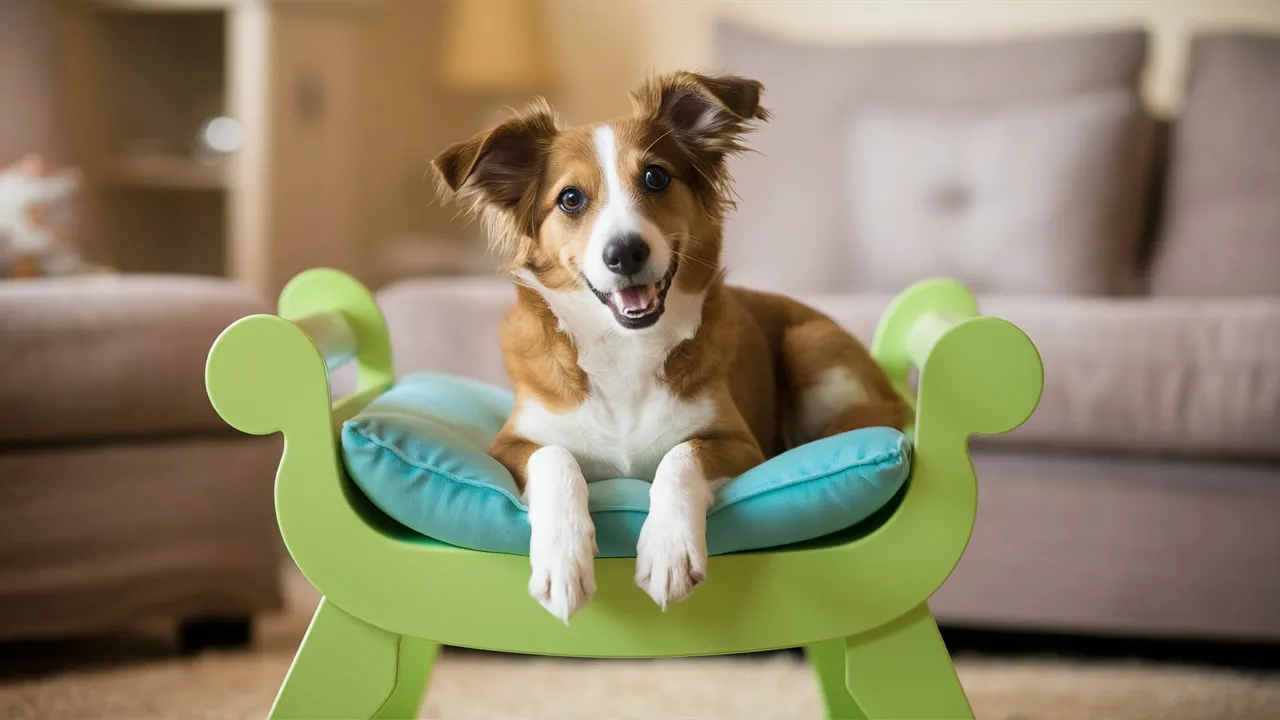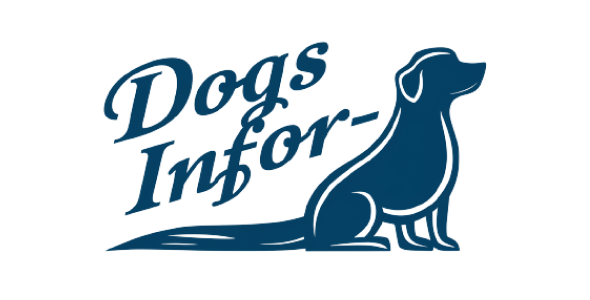Green Stool In Dogs can be alarming for any pet owner. Understanding the potential causes and appropriate responses can help ensure your dog’s health and well-being.
In this article, Dogs Infor will explore what green stool means, the various factors that can lead to it, and what steps to take if you notice this change in your dog’s stool.
Understanding Dog Poop
The Normal Color and Consistency of Dog Poop
This section should provide information about what “normal” dog poop looks like:
- Color: Explain that healthy dog poop is typically brown, ranging from light to dark brown.
- Consistency: Describe the ideal consistency as firm but not hard, like a sausage. It should hold its shape but not be too dry or crumbly.
- Frequency: Mention that the frequency of bowel movements can vary, but a healthy dog usually goes 1-2 times a day.
What Green Stool Can Indicate?
This section should discuss the potential causes of green poop:
- Diet: Explain that green poop can sometimes be caused by a change in diet, especially if the dog is eating a lot of green vegetables.
- Grass: Mention that eating grass can also turn poop green.
- Bile: Describe how green poop can indicate an excess of bile in the stool, which could be a sign of liver disease or other digestive problems.
- Infection: Explain that green poop can also be a symptom of intestinal infections, such as parasites or bacteria.
- Medication: Mention that some medications can change the color of poop.

Common Causes of Green Stool in Dogs
Green stool in dogs can be alarming, but it’s often a sign of something relatively harmless. Here are some common causes:
Diet Changes
- New Food: Switching to a new food, especially one with a different ingredient profile, can temporarily change stool color.
- Green Vegetables: A diet rich in green vegetables like spinach or kale can also contribute to green stool.
- Food Sensitivities: Some dogs may have food sensitivities that cause digestive upset and green stool.
Grass Eating
- Common Behavior: Many dogs enjoy eating grass, and it’s usually not a cause for concern.
- Potential for Green Stool: Grass can sometimes cause green stool due to its chlorophyll content.
Intestinal Infections
- Bacterial or Viral: Intestinal infections caused by bacteria or viruses can lead to green, watery diarrhea.
- Other Symptoms: Other symptoms may include vomiting, lethargy, and loss of appetite.
Parasites
- Intestinal Worms: Parasites like roundworms or hookworms can cause green, watery diarrhea and other digestive issues.
- Diagnosis: A fecal exam can help identify parasites.
Stress and Anxiety
- Digestive Impact: Stress and anxiety can affect digestion and lead to changes in stool color and consistency.
- Other Signs: Other signs of stress in dogs include panting, pacing, hiding, and changes in appetite.
When to Worry About Green Stool In Dogs?
Signs of Serious Illness
This section should highlight the warning signs that a green stool might be a symptom of something more serious:
- Persistent Green Stool: Explain that if your dog’s poop has been green for more than a day or two, it’s worth getting checked out by a veterinarian.
- Other Symptoms: Mention that if green stool is accompanied by any of the following symptoms, it’s crucial to seek veterinary care immediately:
- Vomiting
- Diarrhea (especially if it’s watery or bloody)
- Lethargy
- Loss of appetite
- Weight loss
- Abdominal pain
- Fever
- Blood in the stool
- Changes in Behavior: Explain that changes in behavior, such as hiding, whimpering, or being unusually clingy, could also indicate a serious health issue.
When to Seek Veterinary Care?
This section should provide clear guidance on when to contact a vet:
- Don’t Hesitate: Emphasize that it’s always better to err on the side of caution when it comes to your dog’s health.
- Immediate Care: Recommend seeking immediate veterinary care if you notice any of the serious symptoms mentioned above.
- Regular Checkups: Mention that regular checkups with your veterinarian are essential for monitoring your dog’s overall health and catching any potential issues early on.

Home Remedies for Green Stool In Dogs
While green stool in dogs is often a temporary issue, it’s important to address it to ensure your dog’s comfort and well-being. Here are some home remedies that may help:
Hydration
- Crucial for Recovery: Dehydration is a serious risk with diarrhea, so ensuring your dog stays hydrated is crucial.
- Water Access: Provide fresh water at all times and encourage your dog to drink.
- Electrolyte Solutions: Consider offering electrolyte solutions like Pedialyte (diluted with water) to replenish lost fluids and electrolytes.
Bland Diet
- Gentle on the Digestive System: A bland diet can help soothe the digestive system and reduce irritation.
- Options: Common bland diet options include:
- Boiled chicken and rice: Cook chicken breast without any seasoning and mix with plain white rice.
- Plain boiled potatoes: Cook potatoes without any seasonings or butter.
- Gradual Transition: Gradually transition your dog back to their regular food after the diarrhea has subsided.
Probiotics
- Gut Health Support: Probiotics can help restore the balance of good bacteria in the gut, which can aid in digestion and reduce diarrhea.
- Options: Probiotics are available in various forms, including supplements, yogurt, and fermented foods.
- Consult Your Vet: It’s always a good idea to consult your veterinarian before giving your dog probiotics, especially if they have any underlying health conditions.
Preventing Green Stool In Dogs
While green stool can be a temporary issue, taking preventative measures can help reduce the chances of it occurring in the first place. Here are some strategies:
Gradual Diet Changes
- Slow Transitions: When switching your dog’s food, do so gradually over several days. Mix increasing amounts of the new food with the old food to allow their digestive system to adjust.
- High-Quality Food: Choose a high-quality dog food that is appropriate for your dog’s age, breed, and activity level.
- Avoid Table Scraps: Limit table scraps and treats, as they can upset your dog’s digestive system.
Regular Deworming
- Parasite Prevention: Regular deworming helps prevent intestinal parasites, which can cause digestive issues, including green stool.
- Veterinary Guidance: Consult your veterinarian for a deworming schedule that is appropriate for your dog’s breed, age, and lifestyle.
Stress Management
- Identify Triggers: Try to identify any stressors in your dog’s environment, such as loud noises, changes in routine, or separation anxiety.
- Create a Calm Environment: Provide a safe and comfortable space for your dog to relax and de-stress.
- Exercise and Play: Regular exercise and playtime can help reduce stress and improve overall well-being.
- Consider Professional Help: If your dog has severe anxiety, consider consulting a veterinarian or a certified dog behaviorist for guidance and support.
Conclusion
Green stool in dogs can indicate a range of issues, from dietary changes to serious health conditions. By understanding the potential causes and taking appropriate action, you can help ensure your dog’s health. If in doubt, always consult with your veterinarian.

Related Post
Signs Your Dog Needs Probiotics: Digestive Problems
Dental Anatomy Of Dogs: Unveiling The Secrets
Dog Periodontal Disease Stages: Understanding Dog’s Health